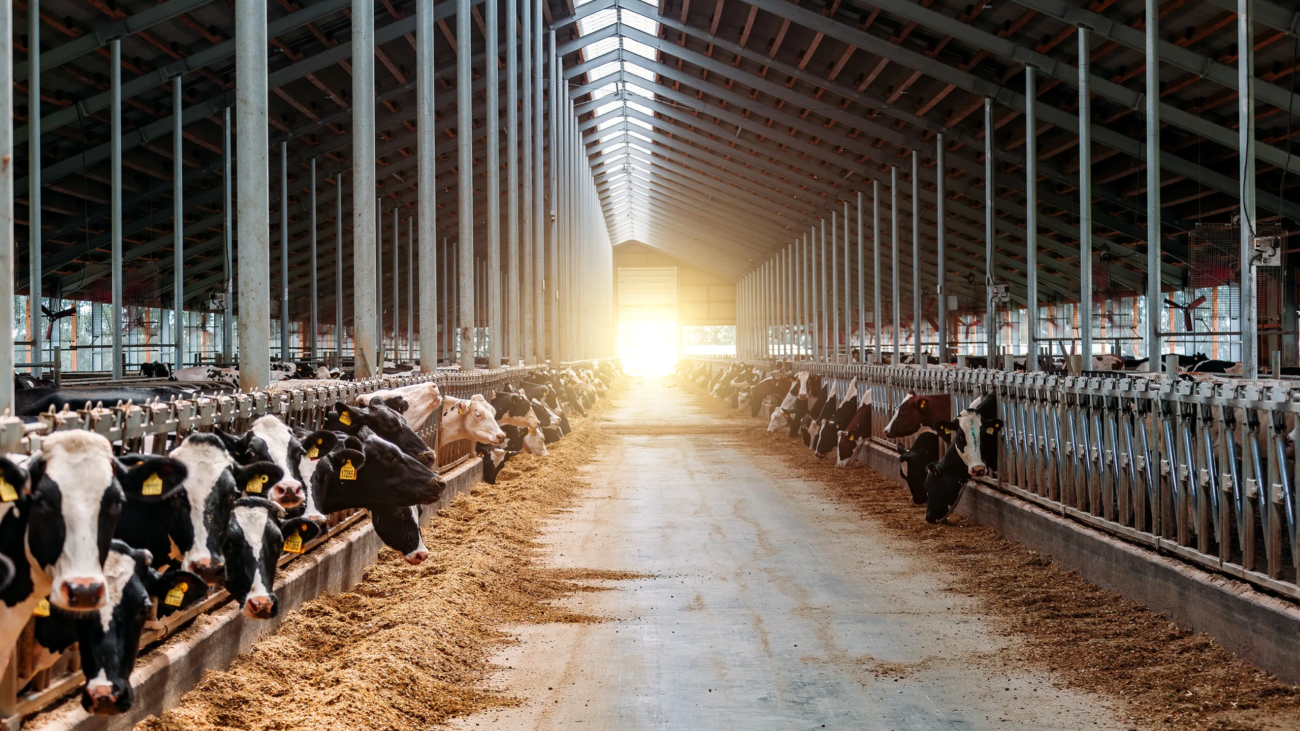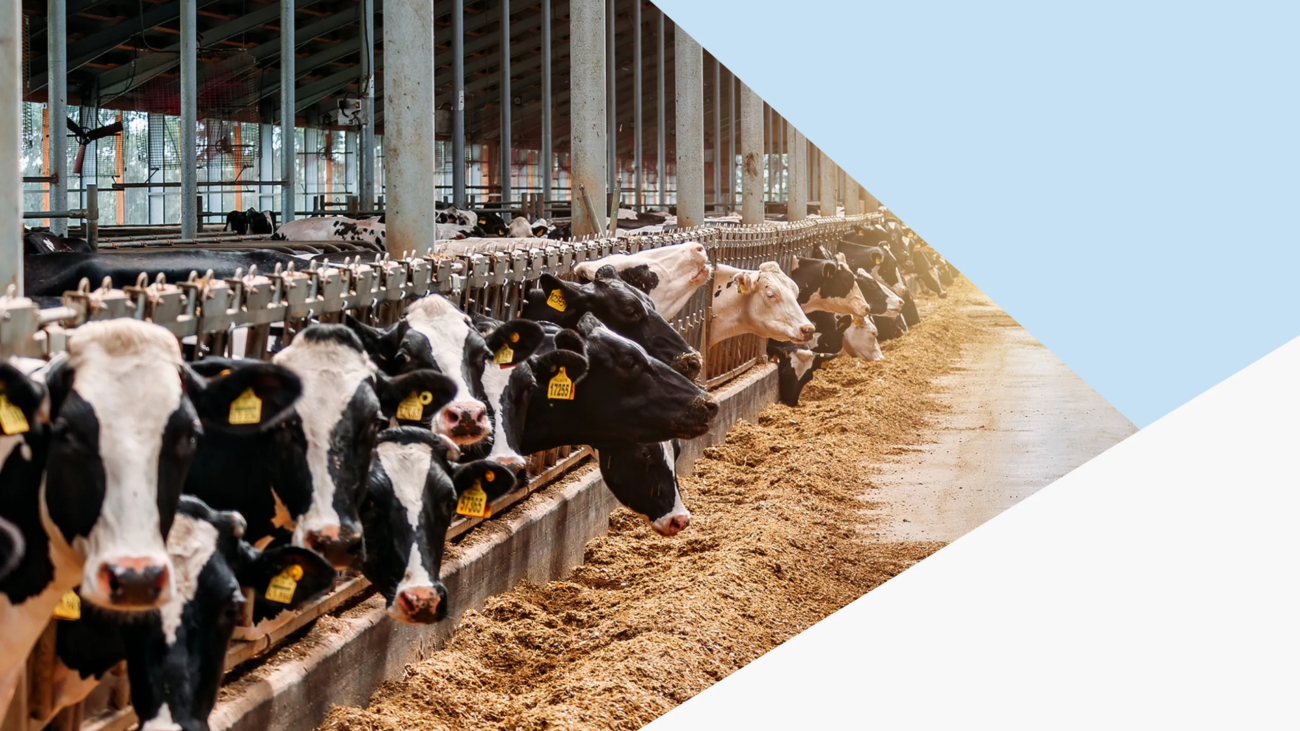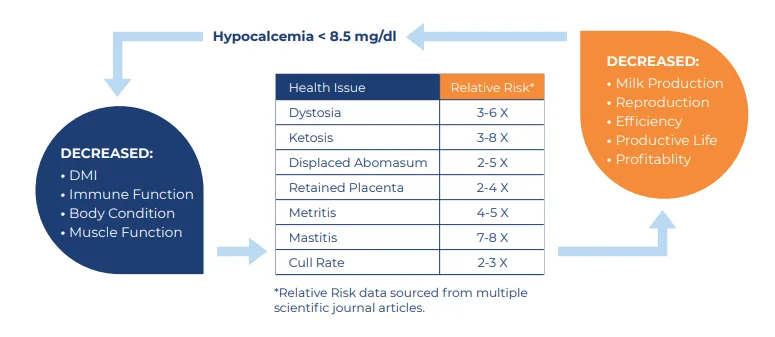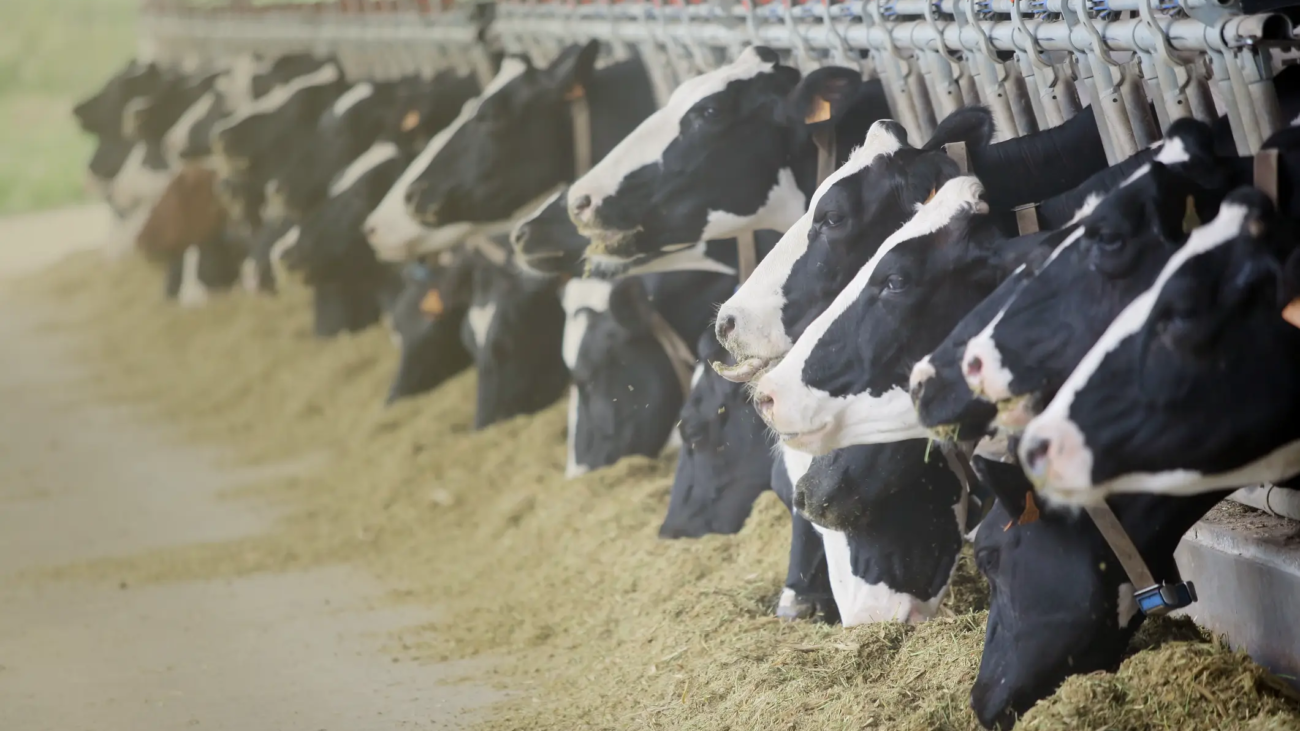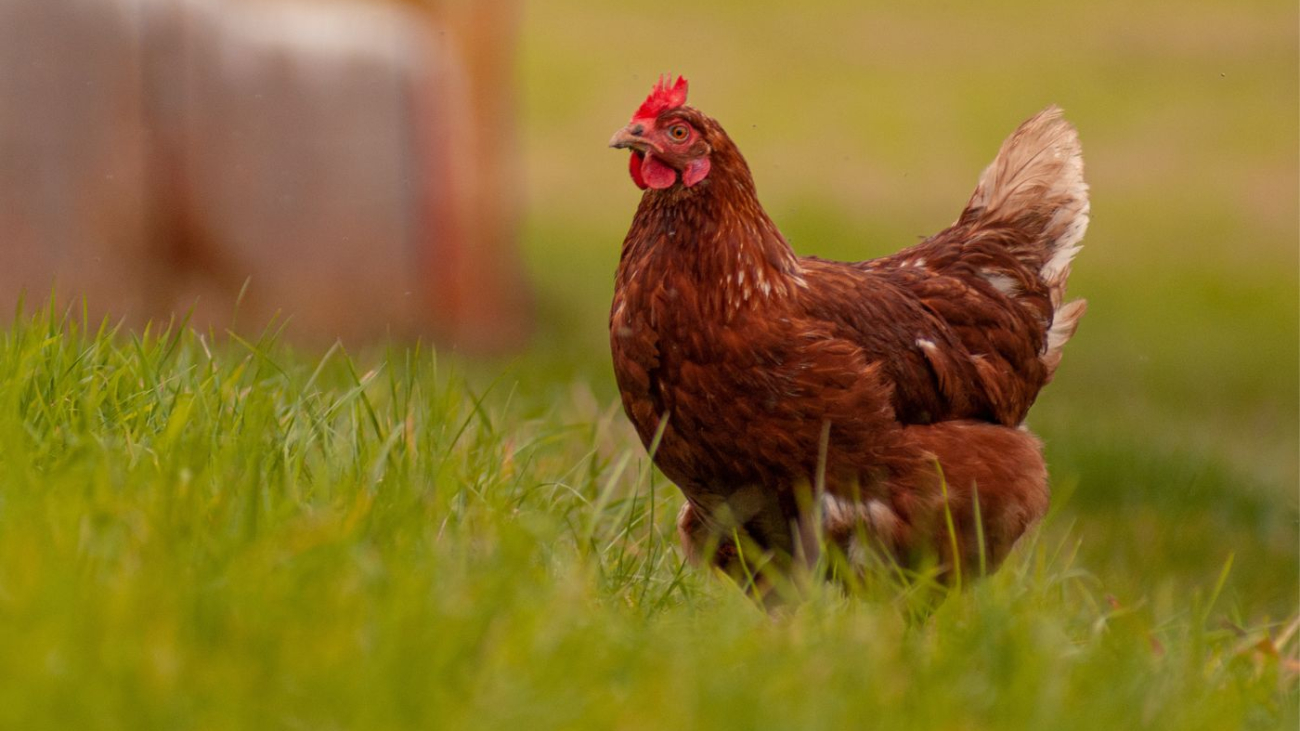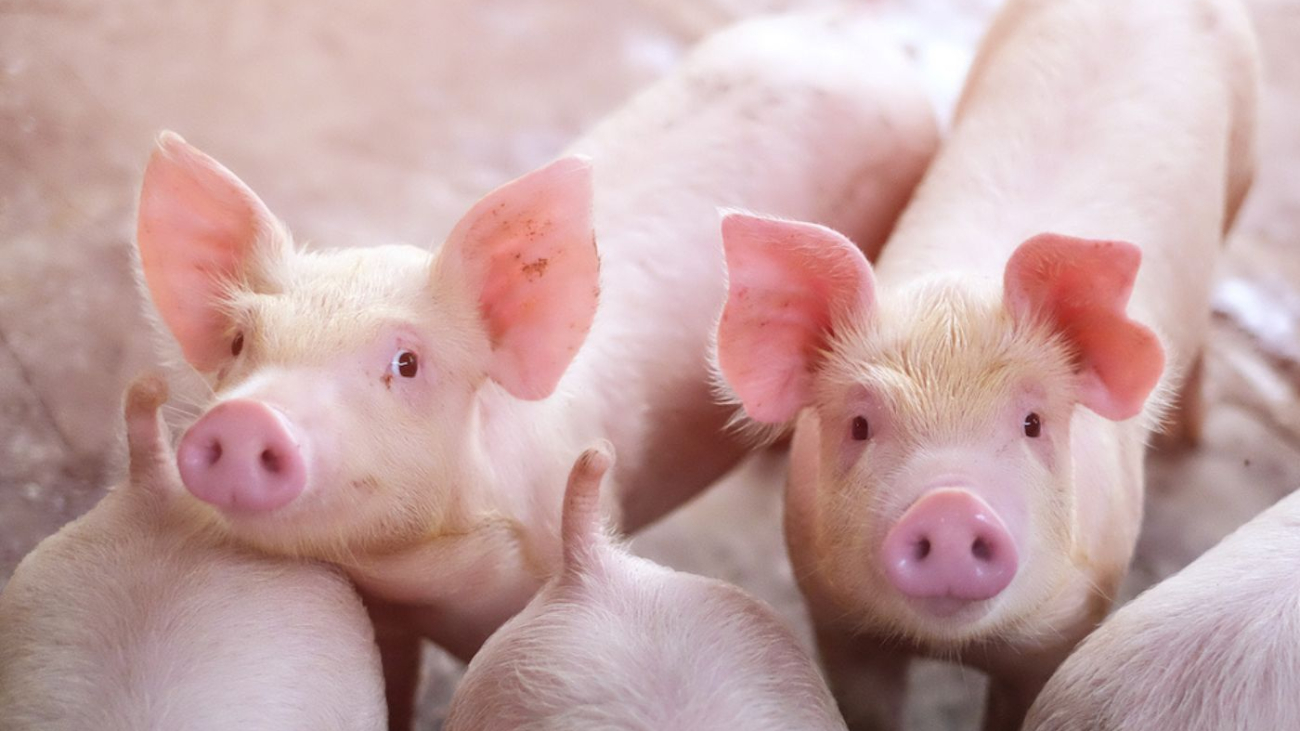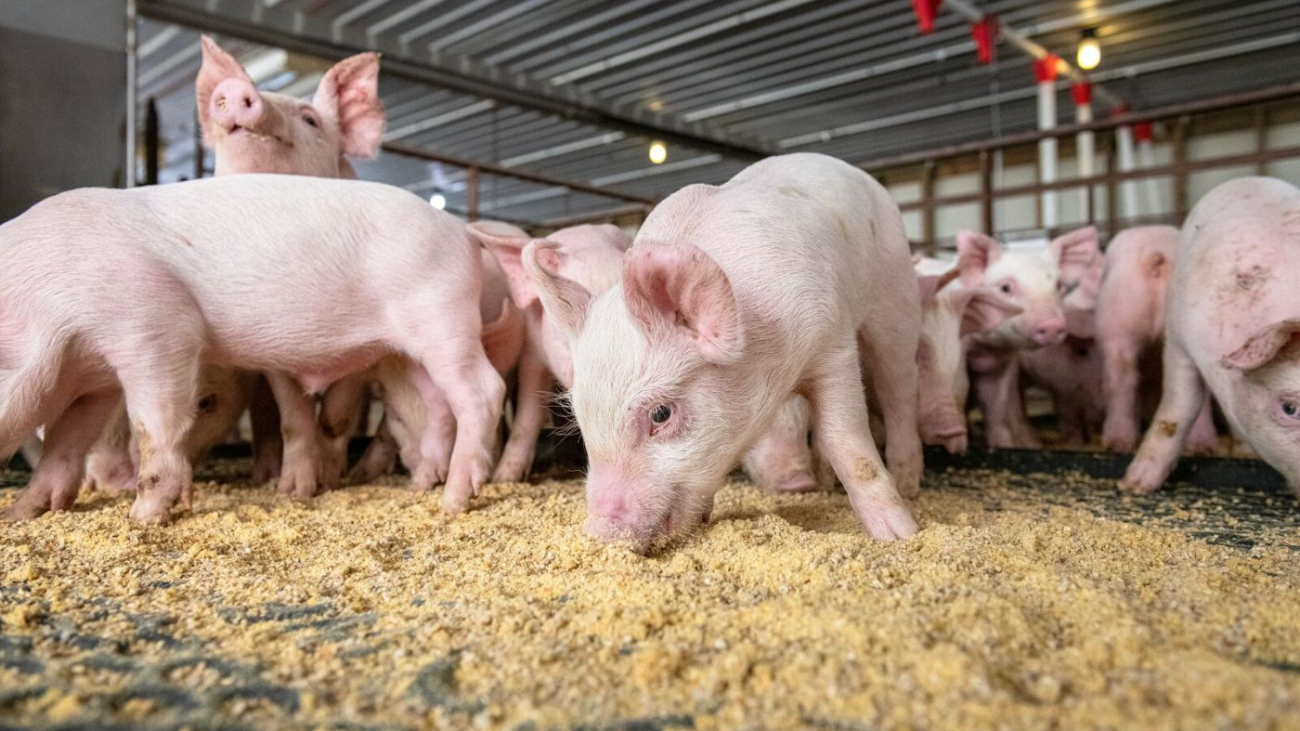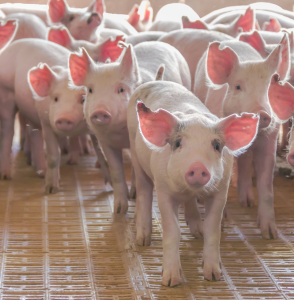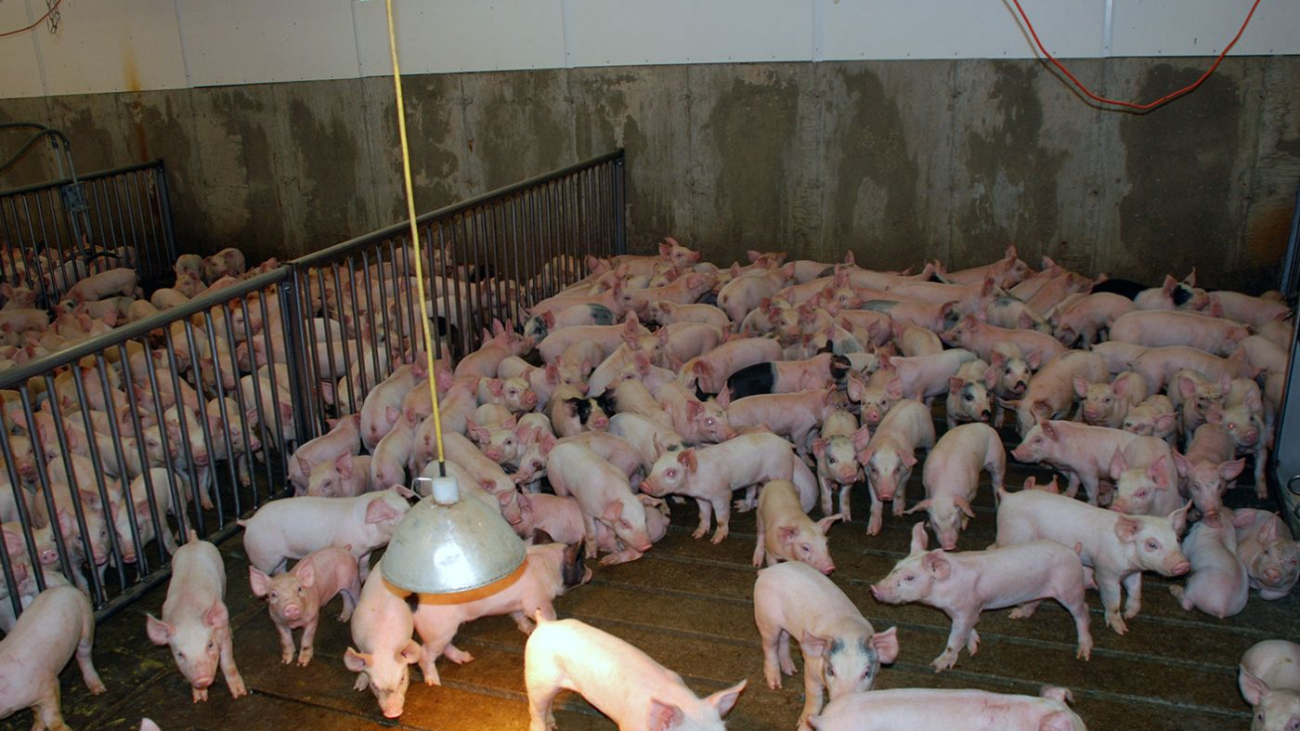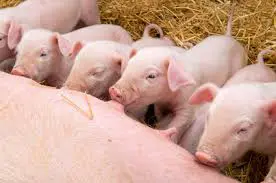Let’s break down common misconceptions, starting with relative cost.
Sometimes during conversations with producers and nutritionists, we find ourselves clarifying information they’ve heard about X-Zelit. With all novel approaches come questions, including how it works and how it adds value. Here are the five most common misconceptions, followed by answers addressing them.
1. Relative Cost
X-Zelit, a science-based novel nutritional approach to mitigate hypocalcemia, is cost-effective. While general cost analyses have been done comparing existing prefresh strategies, each dairy should evaluate all costs specific to their transition program A farm-specific analysis is necessary to determine the true cost differences including ration costs, labor costs, and most importantly, the financial benefit of fresh cow success. In most cases, X-Zelit has been proven to be similar or even less expensive compared to a fully acidified DCAD (Dietary Cation Anion Difference) strategy. In addition, with X-Zelit there are fewer cow touches and there is no need to procure low potassium forages, two costs often overlooked. Commercial experiences and research demonstrate a significantly lower incidence of milk fever (Thilsing 2001) resulting in better fresh cow success plus lower labor and treatment costs.
2. Peak Milk Production
X-Zelit enhances calcium levels in fresh cows which reduces the incidence of clinical hypocalcemia (milk fever). Equally important, better calcium status (less subclinical hypocalcemia) lowers the risk of diseases associated with it. The focus of any calcium status-improving strategy should not be directly on milk production. An effective program indirectly results in higher milk production and optimum productive life due to a healthier fresh cow outcome. With that said, research has shown an increase in milk production for X-Zelit-fed mature cows. In a recent study (Frizzarini 2024), milk production of X-Zelit-supplemented cows was compared to a negative DCAD approach as well as control cows. Overall, there were no differences in average milk yield during the first 7 weeks, but older cows (3+ lactations) fed X-Zelit produced more milk (51.00 kg) than the negative DCAD cows (47.18 kg). In addition, colostrum IgG concentrations were significantly higher in cows supplemented with X-Zelit (91.10 vs. 78.92 -DCAD and 78.0 control, respectively).
3. Binding Other Minerals
X-Zelit principally binds phosphorus. A logical question when using X-Zelit has been the potential binding of other minerals. In vitro studies do show a binding affinity for Ca, P, and Mg. However, this binding capacity is highly influenced by pH changes, with Ca and Mg being bound at a higher rumen pH and then released at a lower intestinal pH. Phosphorus is bound regardless of rumen and intestinal pH, creating a mild hypophosphatemia which then triggers this bone mobilization response. (Thilsing 2006). With magnesium, a recent study showed decreased Mg concentrations in the X-Zelit treatment, but values were still within the normal range (0.8 to 1.0 mmol/l) for dairy cows (Frizzarini 2024). Interestingly, it is known that serum Mg is elevated in cows that experience more hypocalcemia (Goff 2014). Consequently, fresh cows with higher serum calcium will have lower serum magnesium compared to fresh cows with hypocalcemia issues. With trace minerals, X-Zelit studies have shown normal levels of blood zinc and copper. In addition, a recent study showed normal levels of blood selenium levels among control, negative DCAD, and X-Zelit treatments from 6 days pre-calving through 6 days post.
4. Lower Blood Phosphorus
It has been routinely recommended to feed phosphorus to periparturient cows at levels above requirements. The objective was to lower periparturient hypocalcemia and hypophosphatemia and improve fertility and health in the new lactation. However, more recent studies show that feeding phosphorus in excess is counterproductive (Grunberg 2023). Not only does it not improve health and production performance, but higher phosphorus in the prepartum increases the risk for periparturient hypocalcemia (Barton 1978, Goff 2008, Santos 2019). With X-Zelit, the phosphorus binding mechanism creates a mild hypophosphatemia that triggers bone mobilization which increases blood calcium during that critical fresh cow window.
5. Dry Matter Intake (DMI)
Early studies have shown a reduction in DMI of cows supplemented with synthetic zeolite A in close-up diets (Thilsing 2006, Grabherr 2009). DMI depression is also a common symptom of clinical hypophosphatemia in various species. This isn’t the case with X-Zelit when you feed it based on the diet’s phosphorus level. Accurately feeding X-Zelit avoids a DMI reduction. In a recent study (Frizzarini 2024), X-Zelit supplemented cows did have lower pre-fresh intake but had much higher blood calcium levels, plus they did not lose more body condition and had similar BHB concentrations compared to control and negative DCAD treatments. This study did not use a titrated dosage of X-Zelit relative to the dietary phosphorus concentration. The reduction in DMI is related to the dose (Grabherr 2009), therefore, feeding a more accurate dose avoids a reduction in DMI. X-Zelit optimal supplementation is determined based on phosphorus level in the diet, improving calcium status, without affecting DMI (view the X-Zelit quick reference guide).
If you have any questions regarding these five misconceptions or anything else you’ve heard about X-Zelit, give us a call. We’d be happy to answer your questions and walk you through the science.
###
Barton, B. A. 1978. Studies of Vitamin D, Calcium and Phosphorus Metabolism of the Dairy Cow. Master’s Thesis Dissertation. University of Wisconsin, Madison, WI, USA.
Frizzarini, J. P. Campolina, A. L. Vang, L. R. Lewandowski, N. N. Teixeira, Meghan K. Connelly, P. L. J. Monteiro, and L. L. Hernandez. 2024. Mechanisms by Which Feeding Synthetic Zeolite A and Dietary Cation Anion Difference Diets Impact Mineral Metabolism in Multiparous Holstein Cows: Part II. J. Dairy Sci. TBC:TBC. https://doi.org/10.3168/jds.2024-24057
Frizzarini, W. S., P. L. J. Monteiro, J. P. Campolina, A. L. Vang, Olivia Soudah, L. R. Lewandowski, Meghan K. Connelly, S. I. Arriola Apelo, and L. L. Hernandez. 2024. Mechanisms by Which Feeding Synthetic Zeolite A and Dietary Cation Anion Difference Diets Impact Mineral Metabolism in Multiparous Holstein Cows: Part I. J. Dairy Sci. TBC:TBC. https://doi.org/10.3168/jds.2024-24056
Goff, J. P. 2008. The monitoring, prevention, and treatment of milk fever and subclinical hypocalcemia in dairy cows. Vet. J. 176:50–57. https://doi.org/10.1016/j.tvjl.2007.12.020
Grabherr, H., M. Spolders, M. Furll, and G. Flachowsky. 2009. Effect of several doses of zeolite A on feed intake, energy metabolism and on mineral metabolism in dairy cows around calving. J. Anim. Physiol. Anim. Nutr. (Berl.) 93:221–236. https://doi.org/10.1111/j.1439-0396.2008.00808.x
Grunberg, W. 2023. Phosphorus Metabolism During Transition. Vet Clin Food Anim. https://doi.org/10.1016/j.cvfa.2023.02.002
Santos, J. E. P., I. J. Lean, H. Golder, and E. Block. 2019. Meta-analysis of the effects of prepartum dietary cation-anion difference on performance and health of dairy cows. J. Dairy Sci. 102:2134–2154. https://doi.org/10.3168/jds.2018-14628.
Thilsing, T., R. J. Jorgensen, and H. D. Poulsen. 2006. In Vitro Binding Capacity of Zeolite A to Calcium, Phosphorus and Magnesium in Rumen Fluid as Influenced by Changes in pH. J. Vet. Med. A Physiol. Pathol. Clin. Med. 53:57–64. https://doi.org/10.1111/j.1439-0442.2006.00798.x.
Thilsing-Hansen, T., and R. J. Jorgensen. 2001. Hot Topic: Prevention of Parturient Paresis and Subclinical Hypocalcemia in Dairy Cows by Zeolite A Administration in the Dry Period. J. Dairy Sci.84:691–693. https://doi.org/10.3168/jds.S0022-0302(01)74523-7

